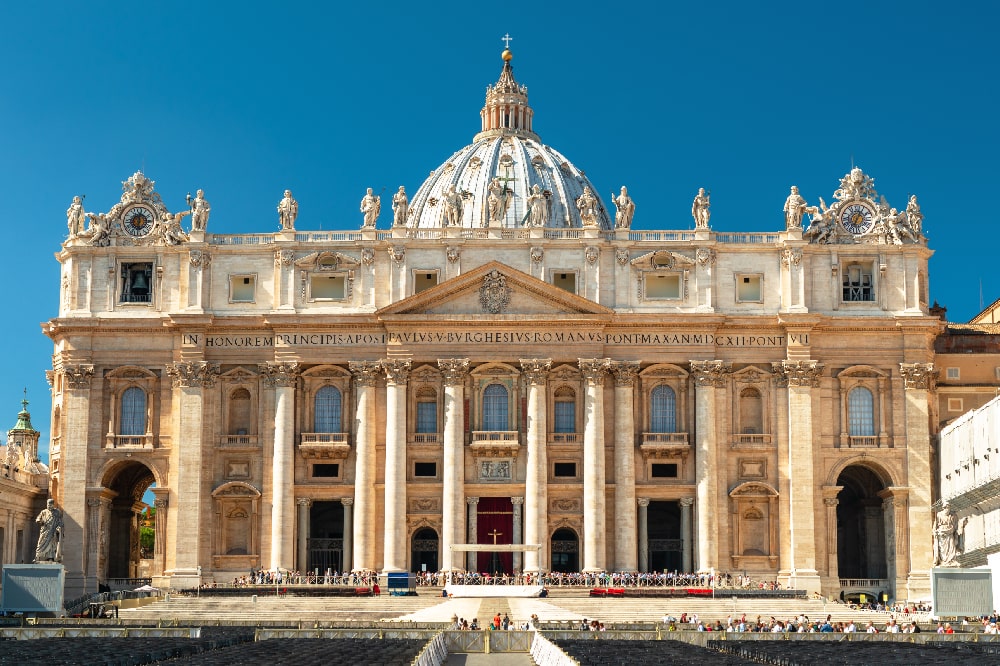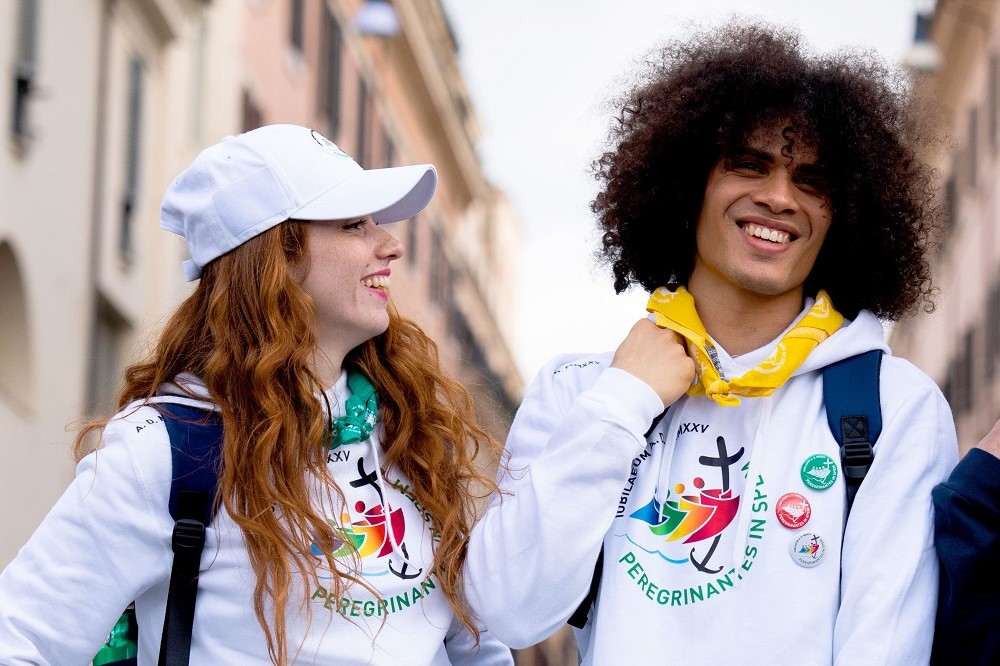The washing of the feet is one of the greatest gestures of God’s love. Here is how it happened and how it is repeated every year between the rites of Holy Thursday
There is one particular episode that is told only in one of the four Gospels. It is the washing of the feet, that is, the moment when Jesus, having found himself for the last time with the Apostles to have the Paschal Supper, kneels down and washes the feet of each of them. This gesture of absolute humility on the part of the Master towards his disciples is not mentioned in the synoptic Gospels, that is, those of Mark, Matthew and Luke. It is present only in the Gospel of John, where instead the institution of the Eucharist is lacking.

But what does this episode mean? We must think that among the many Jewish customs there was that the head of the family had to wash the hands of the guests before starting the Easter dinner. Moreover, in the Jewish world washing someone’s feet was a manifestation of great hospitality and devotion, a gesture that the servant reserved for the master, or the wife for the husband. The fact that on the occasion of the Last Supper, it was Jesus who undressed himself, wrapped his hips with the towel, the cloth that was used precisely for this practice, and kneeling puts the act of washing the feet under a completely new light.

In the last general audience before Easter 2021 Pope Francis recalled that: “Jesus replaced the sacrificial victim – the Paschal Lamb – with himself: his Body and his Blood give us salvation from the slavery of sin and death. Salvation from all bondage is there It is the evening when He asks us to love each other by making us servants of one another, as He did by washing the disciples’ feet.”
The story in the Gospel of John
Here is briefly how John in his Gospel tells the episode of the washing of the feet (John 13). Jesus decreed a place to meet with the Apostles. The Lord knew that His time in the world was coming to an end and He wanted to spend His last moments with those He had loved most: “Knowing that His time had come to pass from this world to the Father after He loved His own in the world, He loved them to the end.” (John 13:1). Then, while the supper has begun and Judas’ betrayal has already triggered the series of tragic events that will lead to His arrest, Jesus gives them a great example of humility and brotherly love: he gets up, strips, wraps a towel around his hips, takes a basin and begins to wash the feet of other men, one after another. Peter rebels against that gesture, astonished, but Jesus tells him that only by accepting him he can be with him and share everything with him.
What Jesus does is to show his disciples what he expects they will do after He is gone, a continuous and total giving to others, living daily the love for neighbour and the mercy of which he was a prophet for the time of his brief mission on earth. If He who is Master and Lord lowers himself has such a humble act, done only to please and care for another person, why should not the Apostles and like them we all? Jesus washes the feet of the Apostles and becomes Servum servorum Dei, servant among the servants of God. Thus he says to His Apostles: “Verily, I say to you: a servant is not greater than his master, neither is an apostle greater than he who sent him” (John 13,16).

Giving alms: is it charity?
Almsgiving to the poor is a manifestation of mercy strictly connected to the duties of a good Christian. In some ways, it is also a form of justice, since everyone should have the right to have the necessary to live.
It is through gestures like this that the Kingdom of Heaven is earned. To Peter, who protests and refuses to let his feet be washed, Jesus answers: “If I do not wash you, you will have no part with me”, as if to emphasize that only by following him and imitating him also in those humble gestures will the disciples deserve to share with him the glory that will come. In the Gospel of John Jesus addresses the Apostles after having risen and clothed himself with these words: “Do you know what I have done to you? You call Me Master and Lord and you say well, because I am. Therefore, if I, the Lord and the Master, have washed your feet, you also must wash your feet. For I have given you an example, because as I have done, you also do” (John 13,12-15).
The rite of Holy Thursday
For the Catholic Church, the washing of the feet is a symbol of God’s love. Among the rites of Holy Week that prepare for Easter and in particular among those of Holy Thursday, there is the evening mass, Mass in Cena Domini, which recalls the Last Supper of Jesus with his disciples. Holy Thursday is the last day of Lent and the first of the so-called Easter Triduum, the three most important days of Christian Easter, which culminate on Easter Sunday and encompass the central time of the liturgical year and some of the main mysteries related to Jesus: the institution of the Eucharist, the passion, death and descent into hell and resurrection. In addition to the institution of the Eucharist on the occasion of Holy Thursday, the washing of the feet is also accomplished.
The Catholic Church has practised the rite of washing the feet on many occasions and with variations, over the centuries. Practised in monasteries on the evening of Holy Thursday when a guest arrived, as a sign of humility and emulation of Jesus, it then became a rite performed by the Bishop, who on that day Saint washed the feet first to the canons and then to the poor. Then the rite was transformed again: the Bishop had to wash the feet of thirteen poor people. The Cistercians used to wash their feet every Saturday in their monasteries.
Before the anti-Covid-19 norms also limited the customs of the Church, Pope Francis had revolutionized the rite of washing the feet by arranging that also women and then non-believers could receive from him that gesture of fraternal love. Moreover, Jesus said at the Last Supper: “You too must wash your feet one another” (John 13,14).

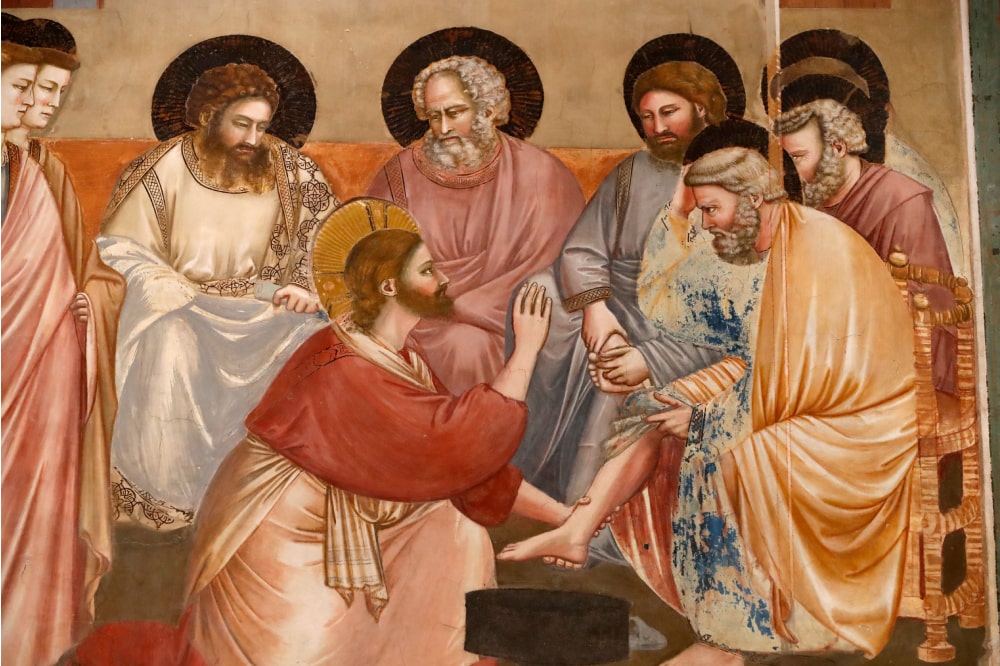
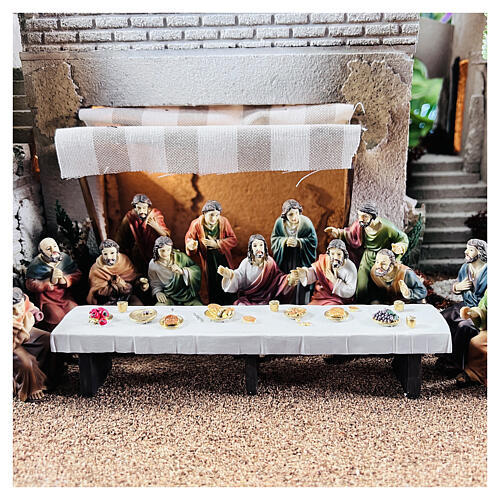
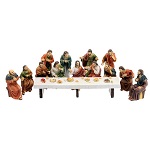
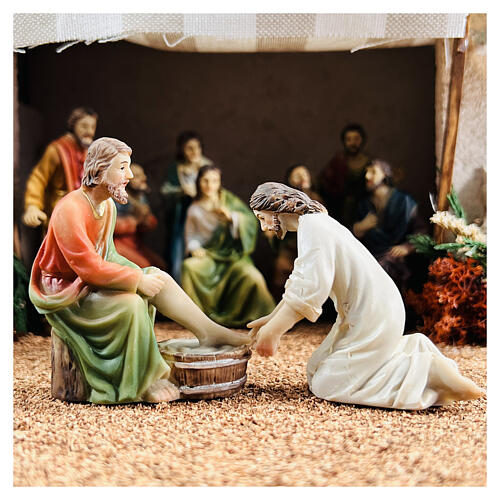
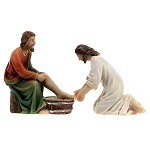
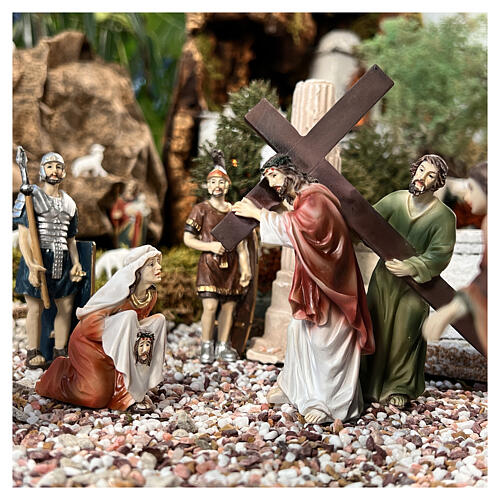
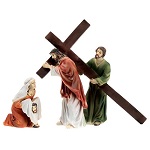
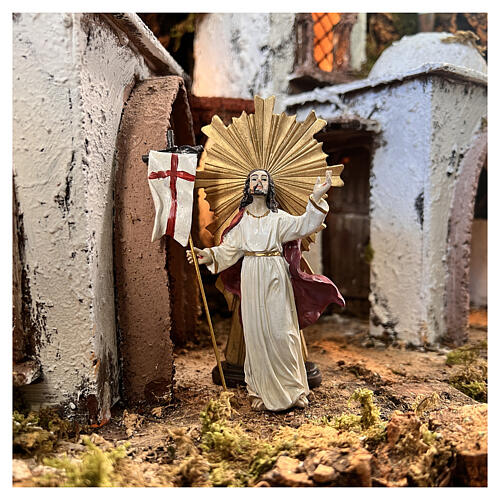
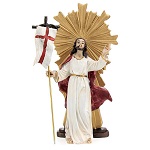
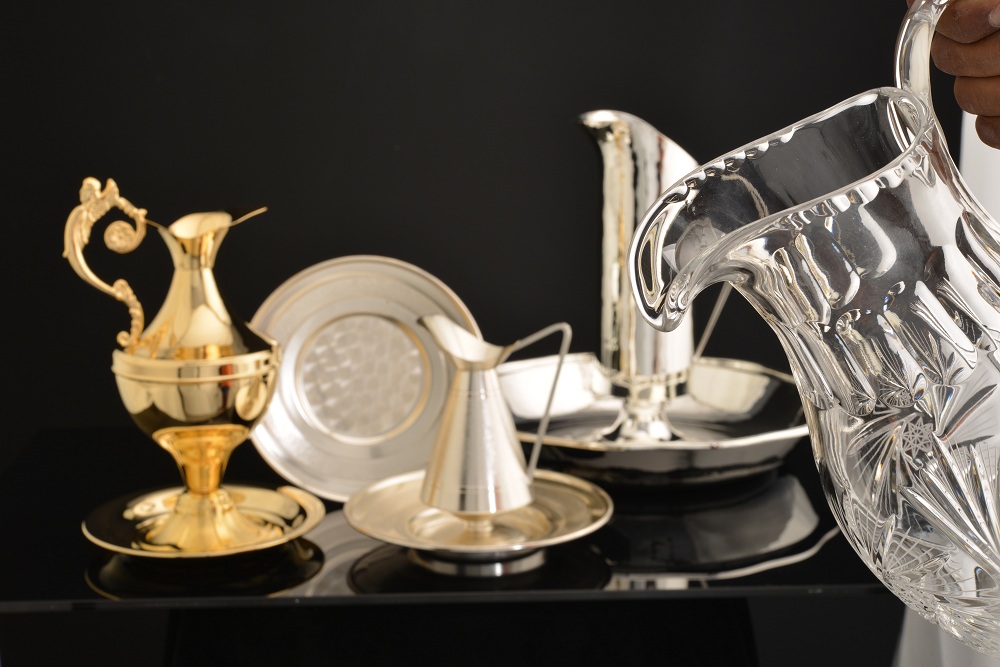
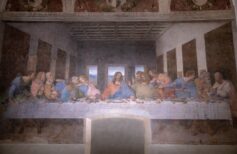

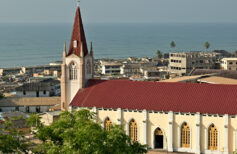

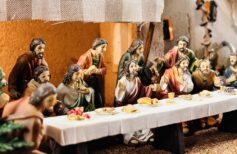











 25 August 2025
25 August 2025

